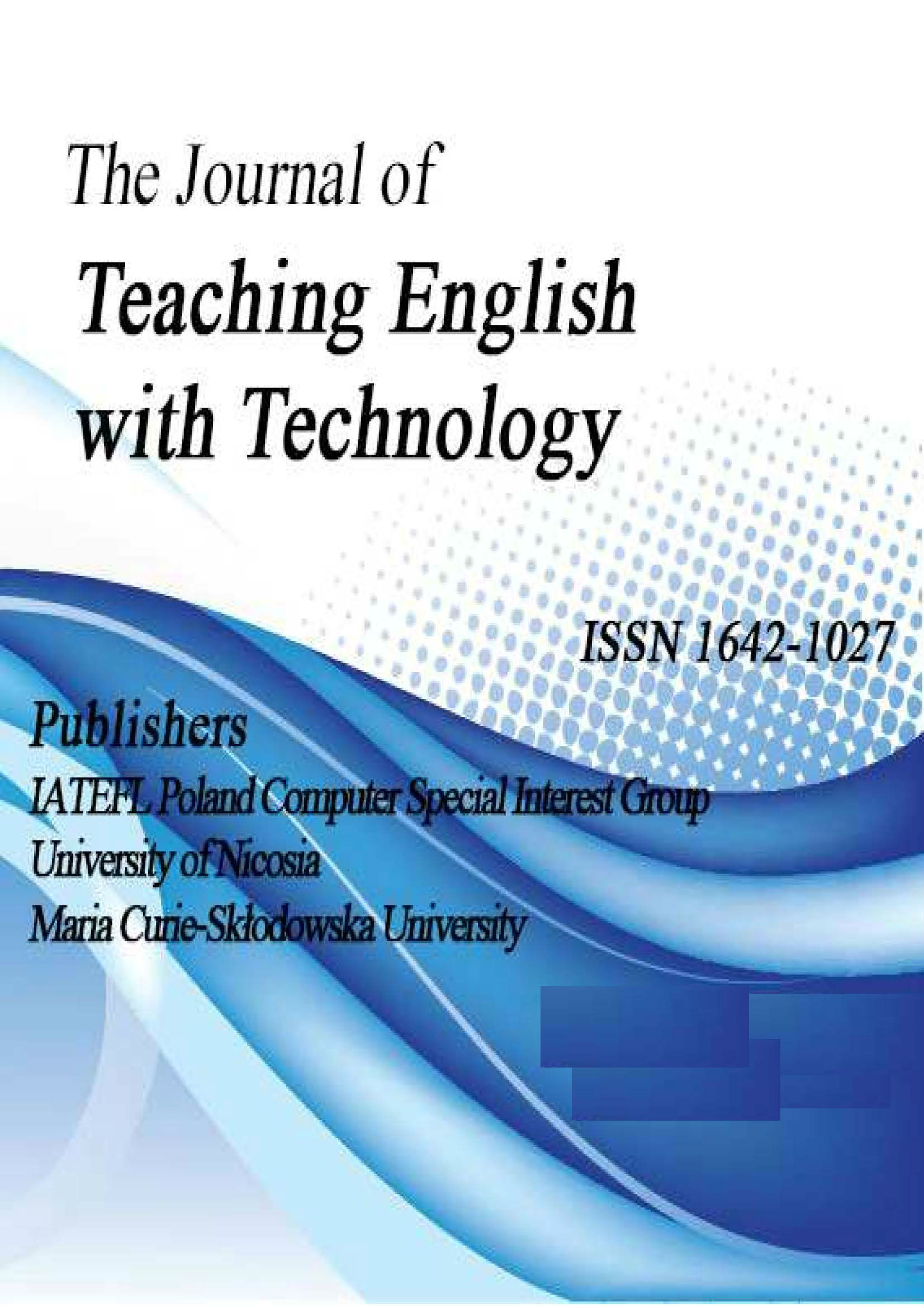TOUCH AND GESTURE-BASED LANGUAGE LEARNING SOME POSSIBLE AVENUES FOR RESEARCH AND CLASSROOM PRACTICE
TOUCH AND GESTURE-BASED LANGUAGE LEARNING SOME POSSIBLE AVENUES FOR RESEARCH AND CLASSROOM PRACTICE
Author(s): Hayo ReindersSubject(s): Foreign languages learning
Published by: IATEFL Poland Computer Special Interest Group and The University of Nicosia
Keywords: touch-based learning; gesture-based learning; mobile learning
Summary/Abstract: Our interaction with digital resources is becoming increasingly based on touch, gestures, and now also eye movement. Many everyday consumer electronics products already include touch-based interfaces, from e-book readers to tablets, and from the last personal computers to the GPS system in your car. What implications do these new forms of interaction offer for language learning and teaching? In this short article, I will first consider some of the most recent technological developments for their pedagogic potential, and in particular for their support for embodied and extended cognition. Next, I will offer some suggestions for researching their impact on learning and teaching, as well as ways in which teachers and materials developers can capitalise on these advances in technology to support more interactive and dynamic forms of learning.
Journal: Teaching English with Technology
- Issue Year: 14/2014
- Issue No: 1
- Page Range: 3-8
- Page Count: 6
- Language: English

